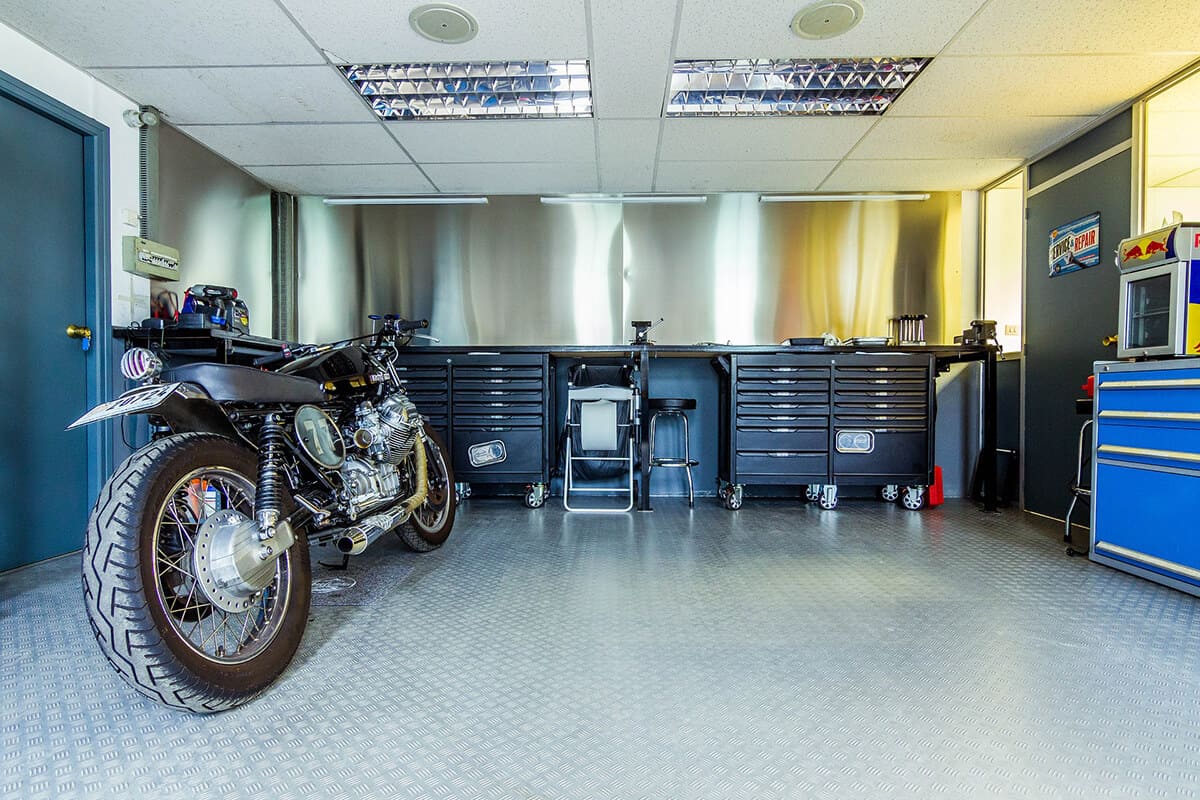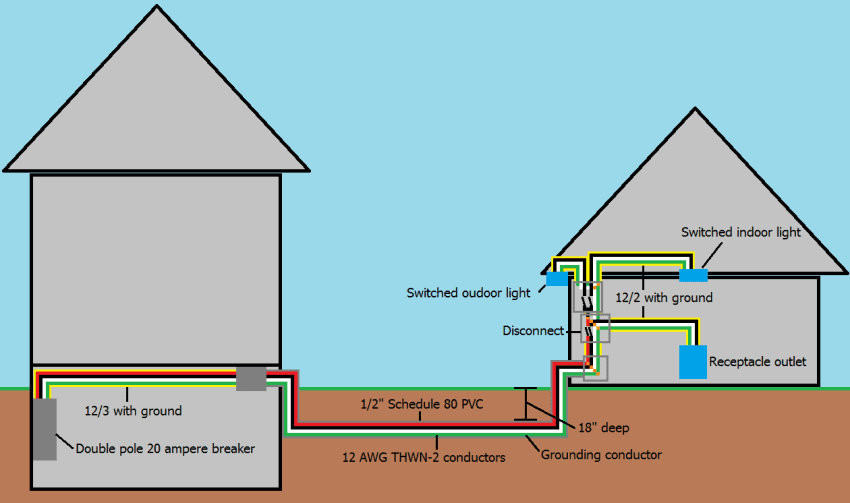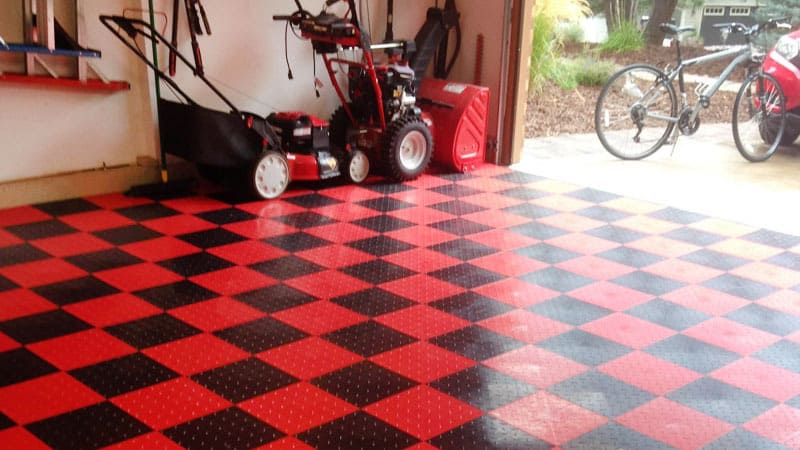Introduction
In our modern-day homes, the garage is no longer just a space to park your car; it has become a multifunctional area that serves various purposes. One significant enhancement you can make to your garage is adding water lines, transforming it into a versatile space that caters to your needs. In this comprehensive guide, we’ll delve into the benefits, considerations, and steps involved in adding water lines to your garage.
The Benefits of Adding Water Lines to Your Garage
1. Convenience in Car Care
With water readily available in your garage, you can conveniently wash and maintain your car without the hassle of dragging hoses across your driveway. This not only saves time but also encourages regular car care routines, leading to a well-maintained vehicle in the long run.
2. Versatility for DIY Projects
Having water lines in your garage opens up a world of possibilities for DIY enthusiasts. Whether you’re into woodworking, crafting, or any other hands-on projects, the availability of water makes cleanup easier, enhancing the overall functionality of your workspace.
3. Improved Cleaning Capabilities
Your garage is susceptible to dust, dirt, and occasional spills. Having water lines allows you to easily clean the space, ensuring a tidy and well-maintained environment. This is especially beneficial if you use your garage as a workshop or storage area for valuable items.
Considerations Before Adding Water Lines
1. Local Regulations and Permits
Before embarking on the project, it’s crucial to check local regulations and obtain the necessary permits. Compliance with building codes ensures the safety and legality of your water line installation.
2. Type of Water Source
Determine the type of water source suitable for your garage. Whether connecting to the main water supply or installing a dedicated line, understanding your options will guide you in making the right decision for your needs.
3. Insulation for Cold Climates
If you reside in an area with cold winters, consider insulating your water lines to prevent freezing. Frozen pipes can lead to costly damages, so taking preventive measures is essential for year-round functionality.
Steps to Add Water Lines to Your Garage
1. Assessment and Planning
Begin by assessing your garage space and identifying the optimal location for water access. Plan the route of your water lines, considering the most efficient and unobtrusive path to avoid interference with existing structures.
2. Gathering Materials
Collect the necessary materials, including pipes, fittings, shut-off valves, and any additional tools required for installation. Choosing high-quality materials ensures the longevity and reliability of your water lines.
3. Professional Installation or DIY
Decide whether to hire a professional plumber for the installation or embark on a DIY project. While a professional ensures precision and compliance, a well-informed DIY approach can save costs if you possess the necessary skills.
4. Testing and Inspection
After installation, conduct thorough testing to ensure the water lines function correctly. Additionally, schedule an inspection to verify compliance with local regulations and to identify any potential issues before they escalate.
Conclusion
Adding water lines to your garage is a transformative upgrade that enhances its functionality and convenience. From simplified car care routines to versatile DIY projects, the benefits are plentiful. However, meticulous planning, adherence to regulations, and quality installation are paramount for a successful project.




